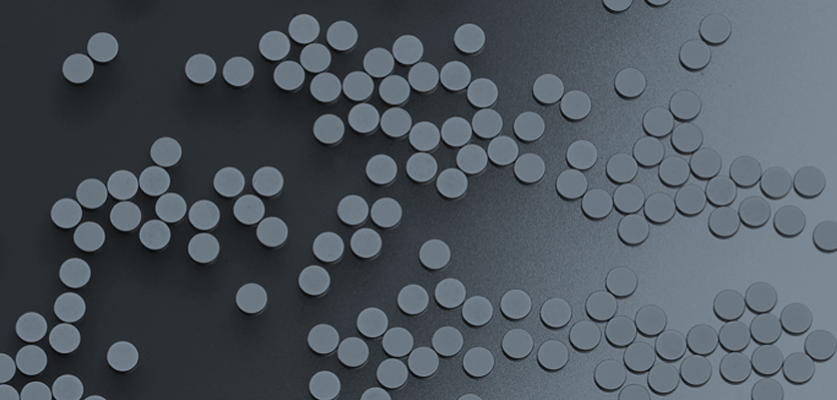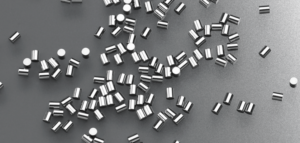Flatness vs. Parallelism and Other Criteria
For metal cut to length, which is a crucial activity of our business, dimensional issues are key. Making sure that we understand our customers’ needs up front, and that we are speaking in terminology that aligns with what the customer is saying, is part of the process.
Flatness vs. Parallelism: What’s the Difference?
We mean very specific things when referring to flatness vs. parallelism and other terms as they relate to metal cut to length. Flatness is a measurement of a side to itself — seeing how flat one side of an object is, whether that object is something that is machined or something that is cut. Parallelism refers to how an object measures against its opposite side, whether we’re talking about a flat metal piece with parallelism against two sides or — more commonly in our world of metal parts that are cut to length — comparing one end cut to the opposite end cut.
Another frequently used term is perpendicularity (also known as squareness), which looks at how the plane of a part along its length, such as a tube, measures against the cut end of the tube. Perfect perpendicularity, with a perfect 90° angled cut, is our constant goal but is a challenge when measuring in minutes and seconds. This may be because the material itself is not perfectly straight and slightly skewed when held, so that when the end is cut, it is straight but not precisely perpendicular; or comparing one end to the other, the ends might be parallel but not precisely 90°.
Cylindricity, Concentricity, and Circularity
In our business of metal cut to length, another important dimensional consideration involves working with a round metal tube, rod, or wire that is ground to a particular, precise diameter — requiring the use of terms such as cylindricity, concentricity, and circularity. Here, cylindricity is the measurement along the entire length of the part; concentricity is the measurement of one point in the part compared to a second point; circularity is the measurement of one point around the entire part in relation to itself and not another reference point.
To understand circularity and concentricity, it is helpful to think of flatness vs. parallelism. Like flatness, circularity is in reference to itself; like parallelism, concentricity is in reference to another point in space.
Achieving Flatness Through Lapping or Machining
In our metal cut to length business, we do not deal with flatness and parallelism as frequently as we deal with perpendicularity, and there are other shape that are possible but not typical as well. For example, a trapezoidal shape — such as a tube cut with a skew to the left on one end and a skew to the right on the other end — can be done, but it is not a request we commonly get, because it would require rotating the parts to cut the opposing ends. Similar to parting-off parts with a screw machine, our metal cutting process does have the unique ability to not only employ spinning abrasive wheels but also spin the product, resulting in remarkable parallelism.
However, in the machining aspect of our business, customers are often looking for flatness, and they may ask us to use lapping or machining to achieve a specified flatness. For example, our lapping capabilities enable us to take a part that was machined by someone else and make it as flat as the customer wants. By using our enhanced machining and cutting capabilities, we are also able to make parts to the parallelism and perpendicularity that a customer wants.
Flat Lapping in Metal Cut to Length
Finally, it’s important to note that flat lapping is also an extremely useful, additional resource for metal cut to length, and it’s a capability that is very rare to have in house these days. In principle, flat lapping is nothing fancier than polishing a part against a hard flat surface, but it is easier when you use a machine vs. having a person rub the part against a stone to accomplish the task. Beyond the already superb surface finish achieved by the abrasive cutting process — far beyond what can be produced through 3D printing, EDM (even our own), planing or shaping, horizontal milling, reaming and drilling, end milling, cylindrical turning, face turning, cylindrical grinding, or even surface grinding — our lapping process provides a remarkably smooth finish. Additionally, we have years of experience in minimizing (to the tune of millionths, microns, or tenths as necessary) the amount of material being removed by lapping, to maintain the customer’s original geometry; as a side benefit, we can also use our secondary processes to remove any burrs, as needed, to achieve the desired results.






